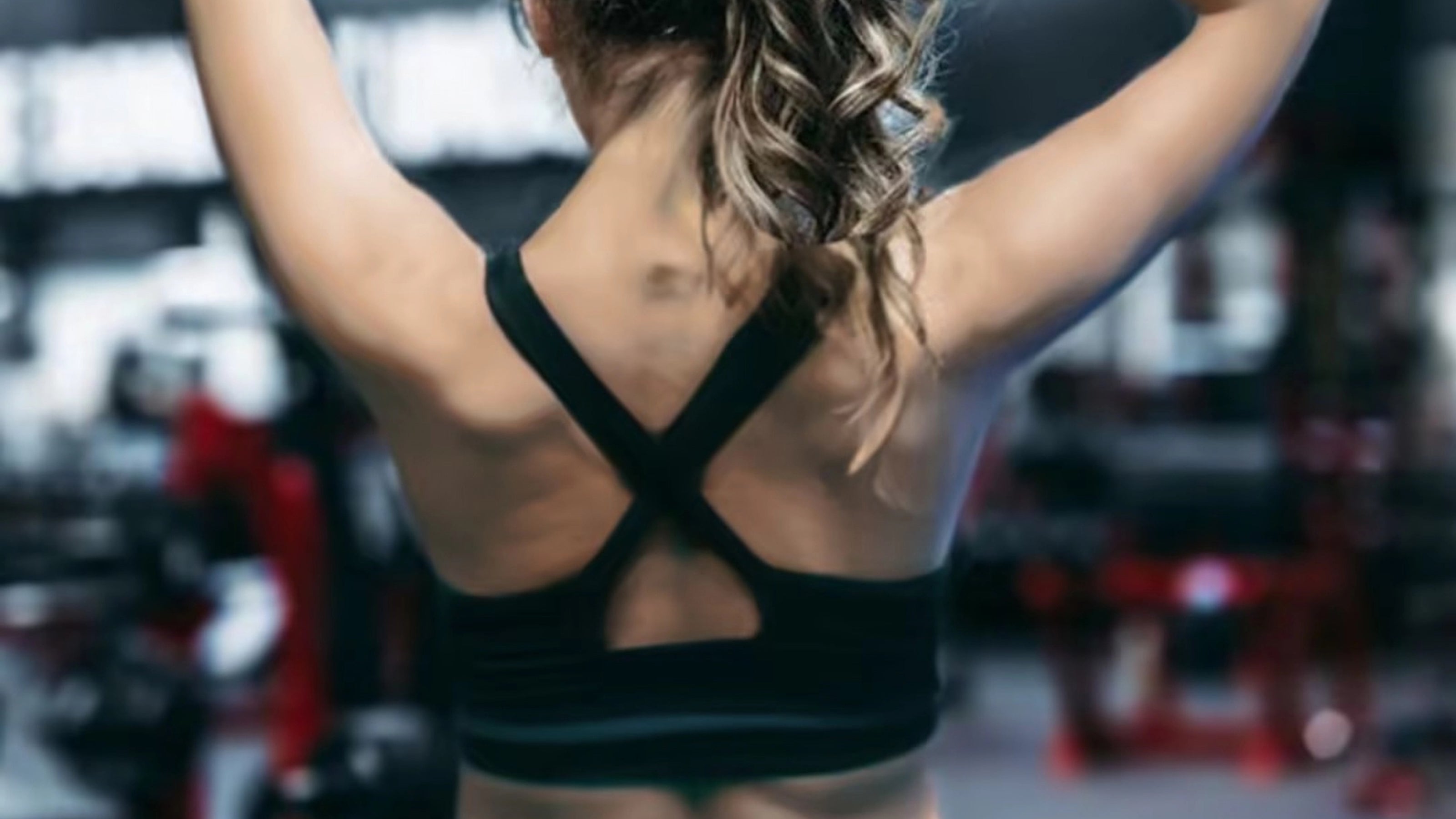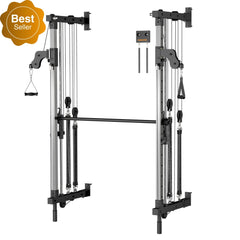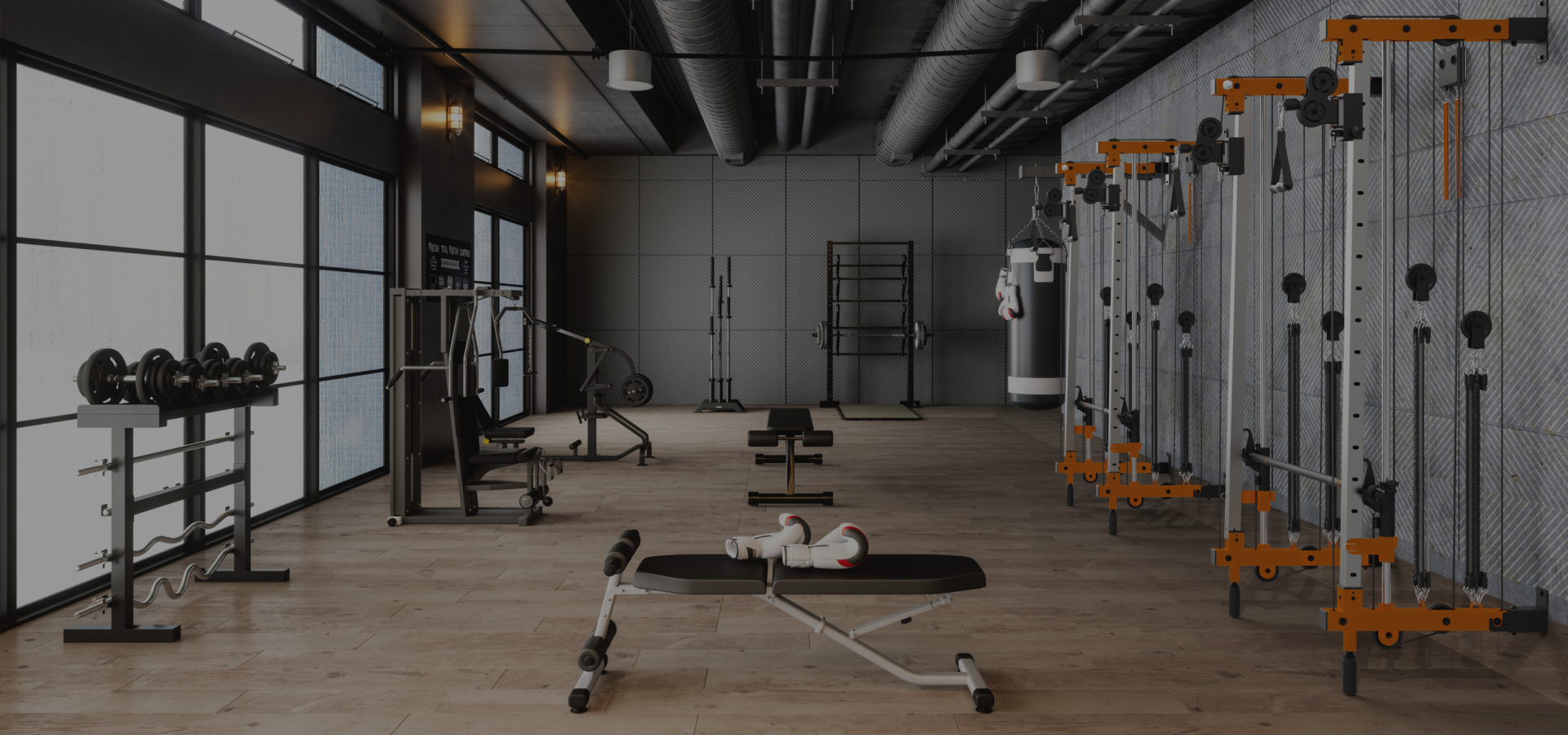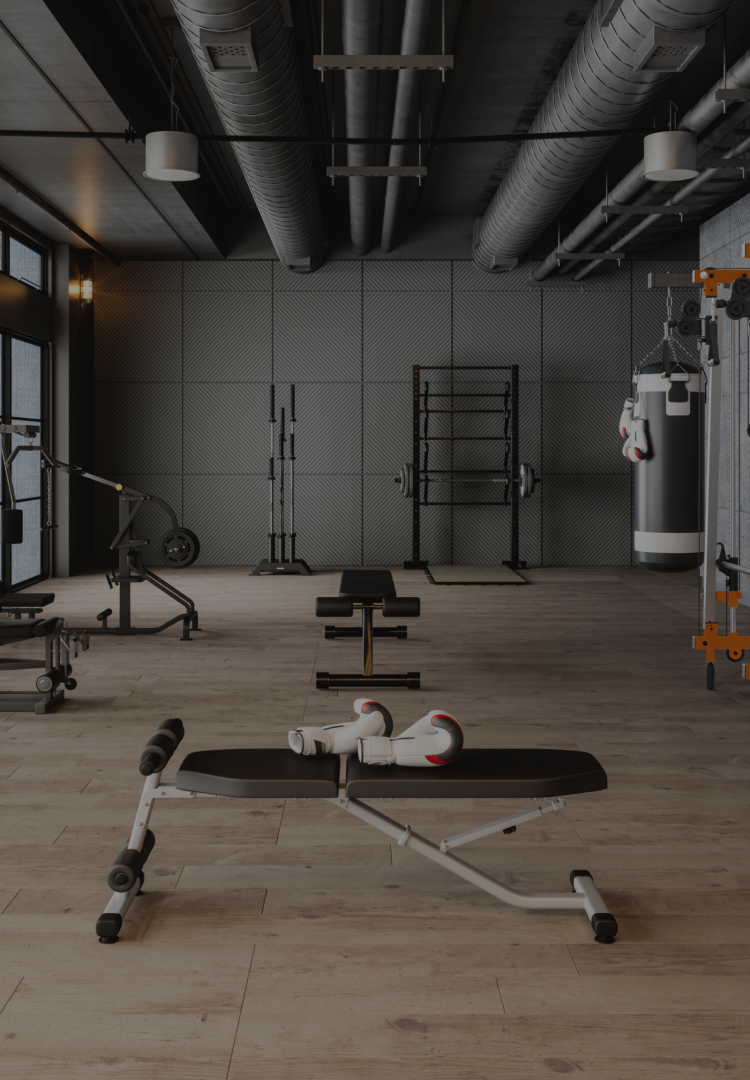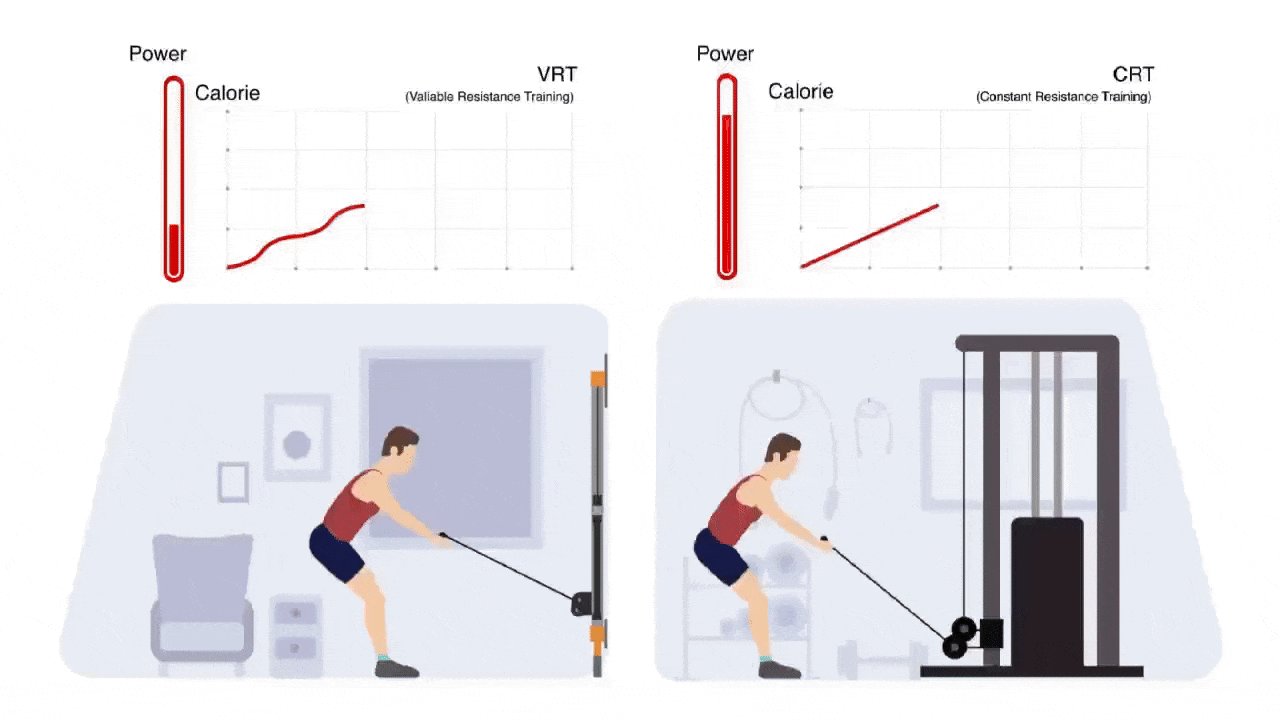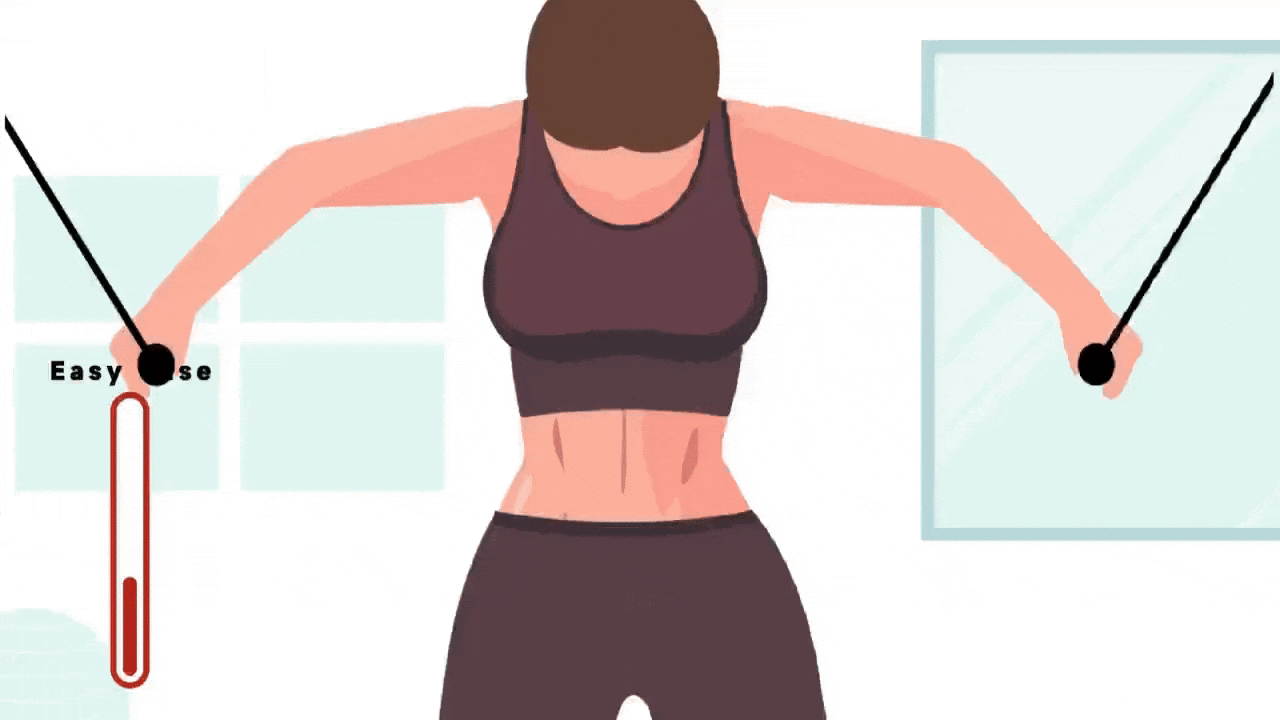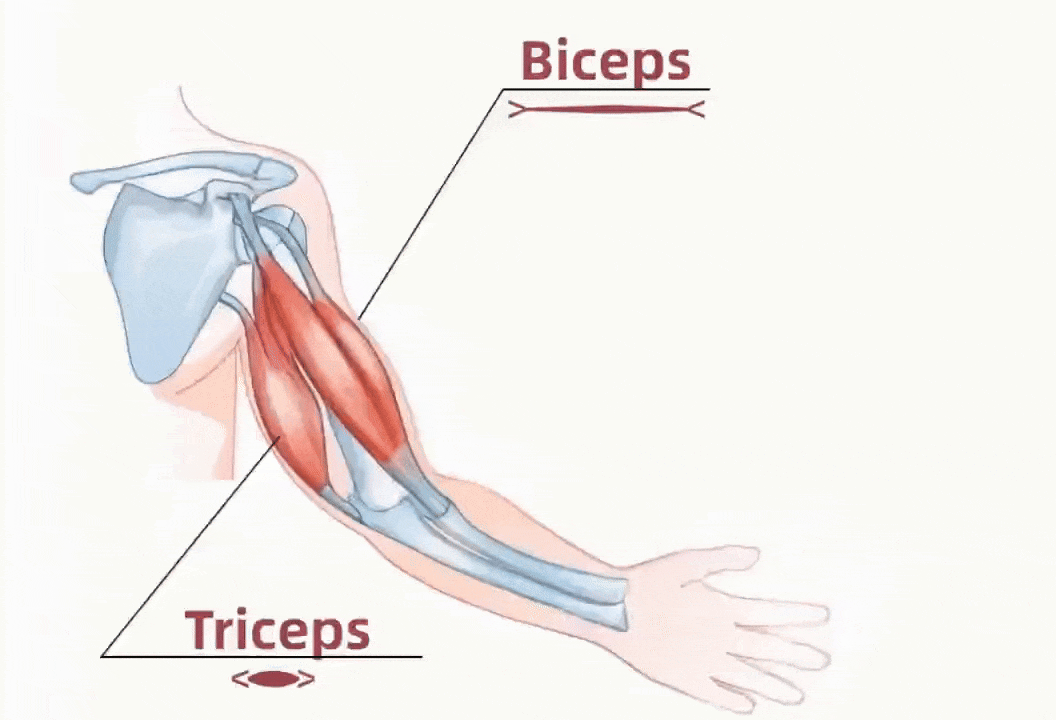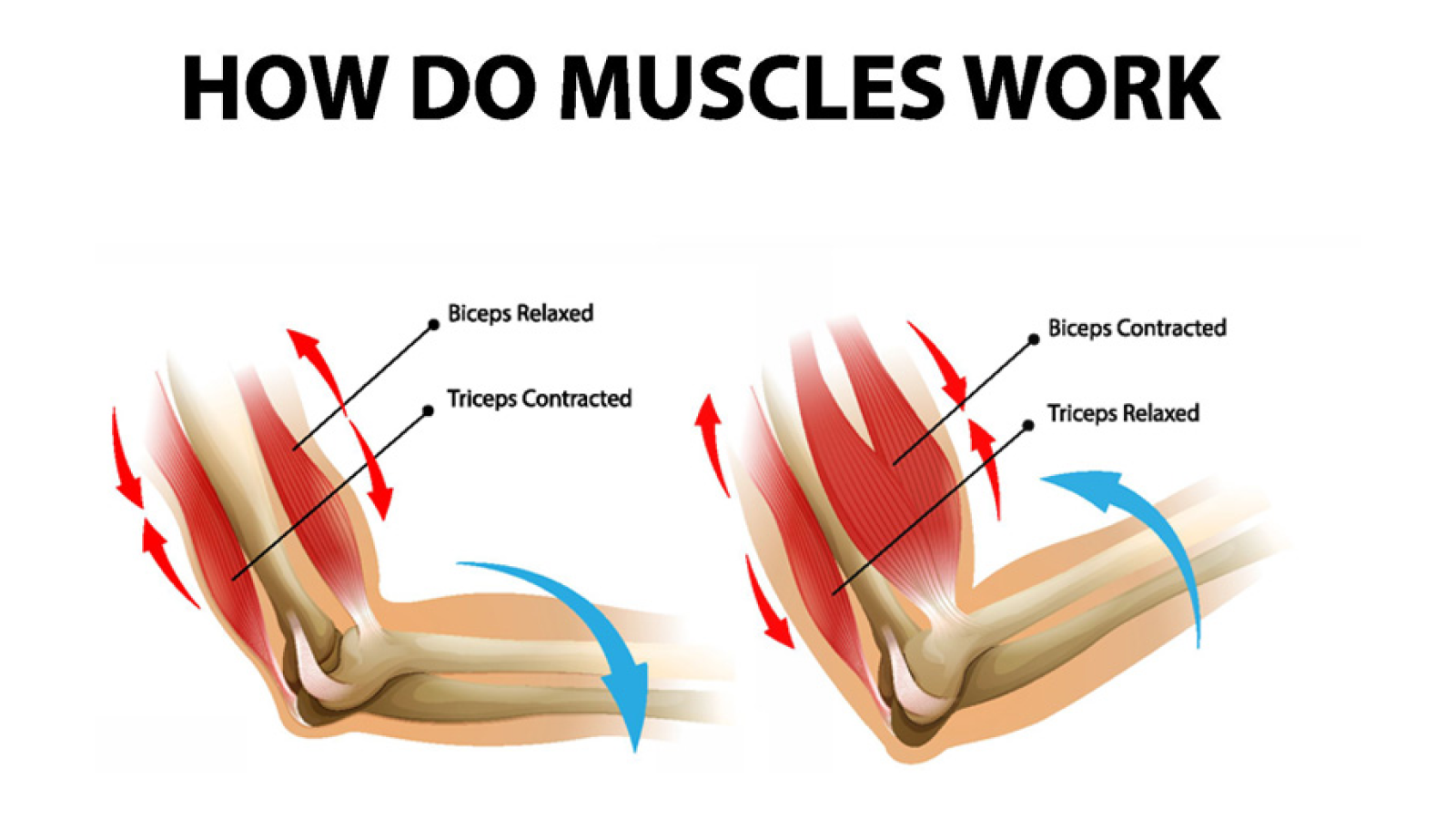Changes In Force Durign Motion
Weak and Strong Phases of Muscle Strength
During resistance training, the body faces mechanical disadvantages at 'sticking points' due to its biomechanical
lever structure. Adjusting resistance can align with muscle length-tension changes, enhancing strength in the
concentric phase. Research shows that VRT improves both maximum strength and rate of force development (RFD).
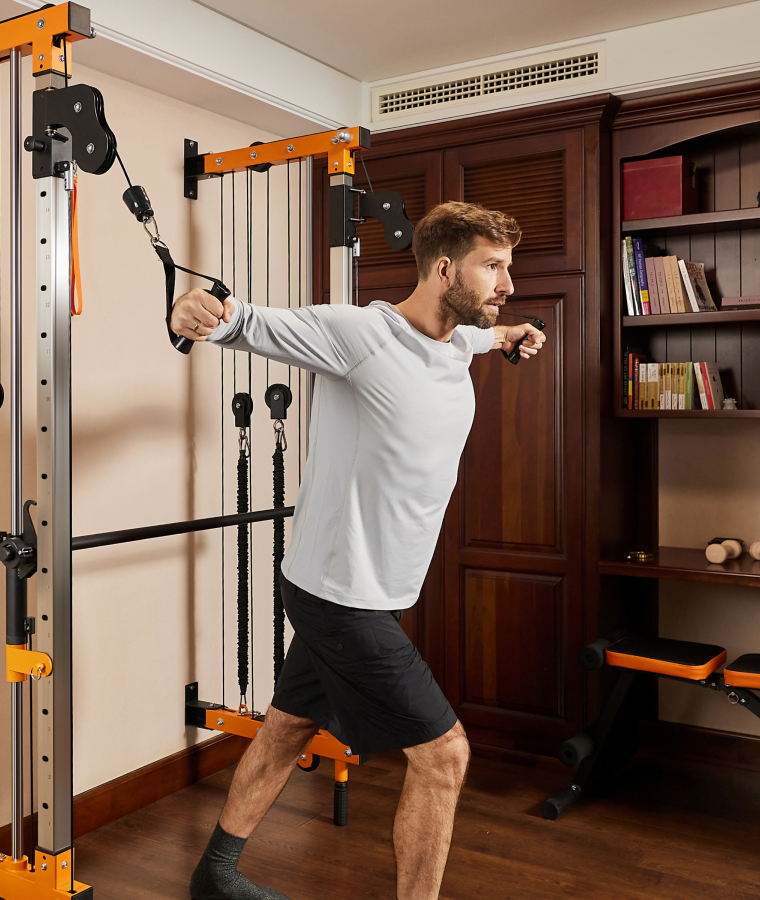

Weak Phase
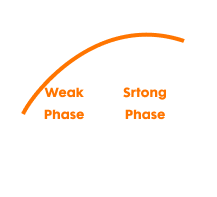

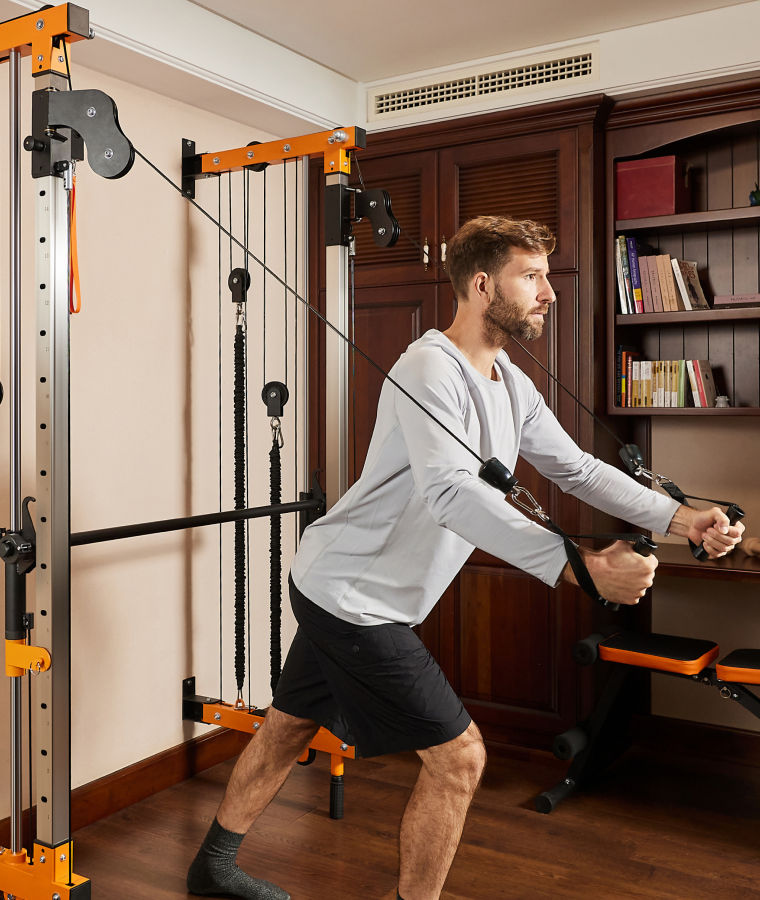

Strong Phase


Directional constraints of different training methods
During training, different parts of the body have unique biomechanical orientations for their joints, bones, and muscle fibers. If specific directional
resistance stimuli are applied during training, it can be beneficial for strength, coordination, and balance. The following compares the directions
of force application for constant-weight devices, heavy chains, standard resistance bands, and Vimexciter resistance devices.
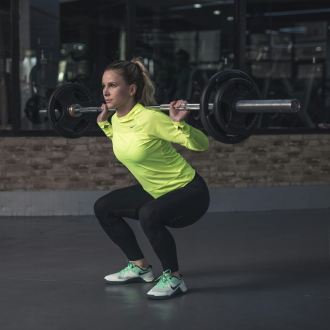

Constant Downward Force
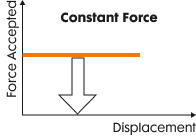
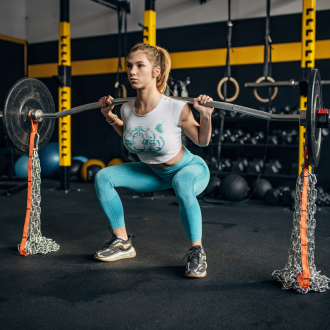

Constant Downward Force
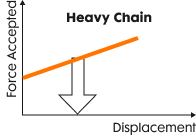
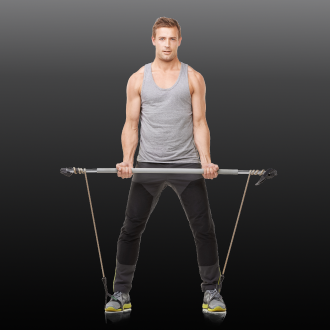

Linear Force
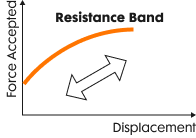
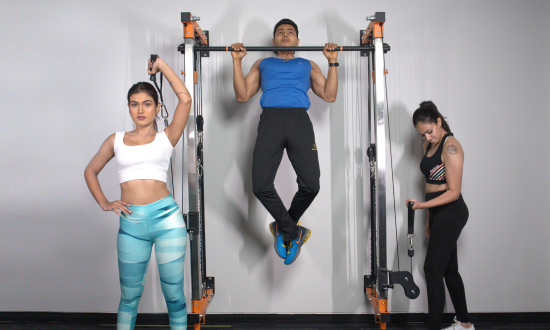

Variable Direction Force
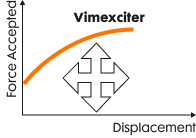
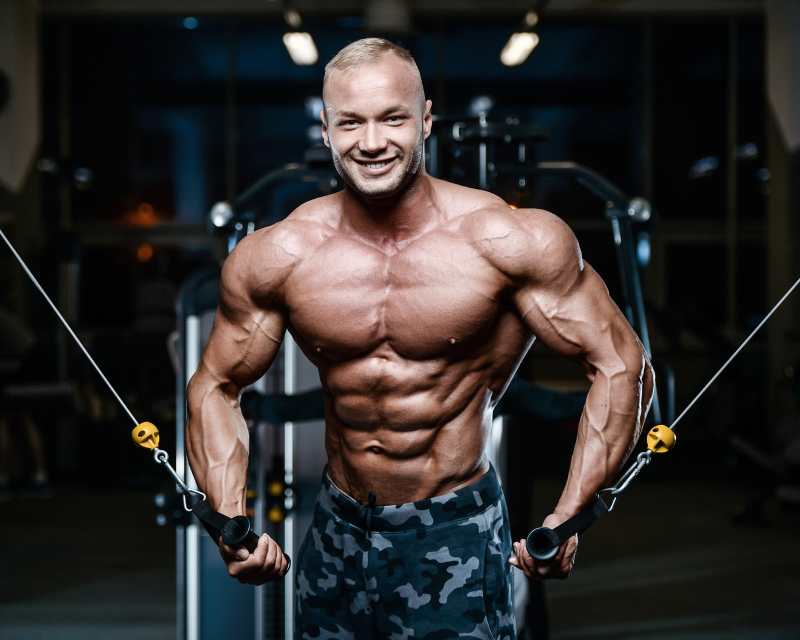
Why do professional athletes need VRT?
Variable resistance is crucial for professional athletes, who constantly push their physical limits to improve strength, speed, and endurance. This type of training helps athletes safely increase strength training intensity, maximizing muscle growth and fat loss.
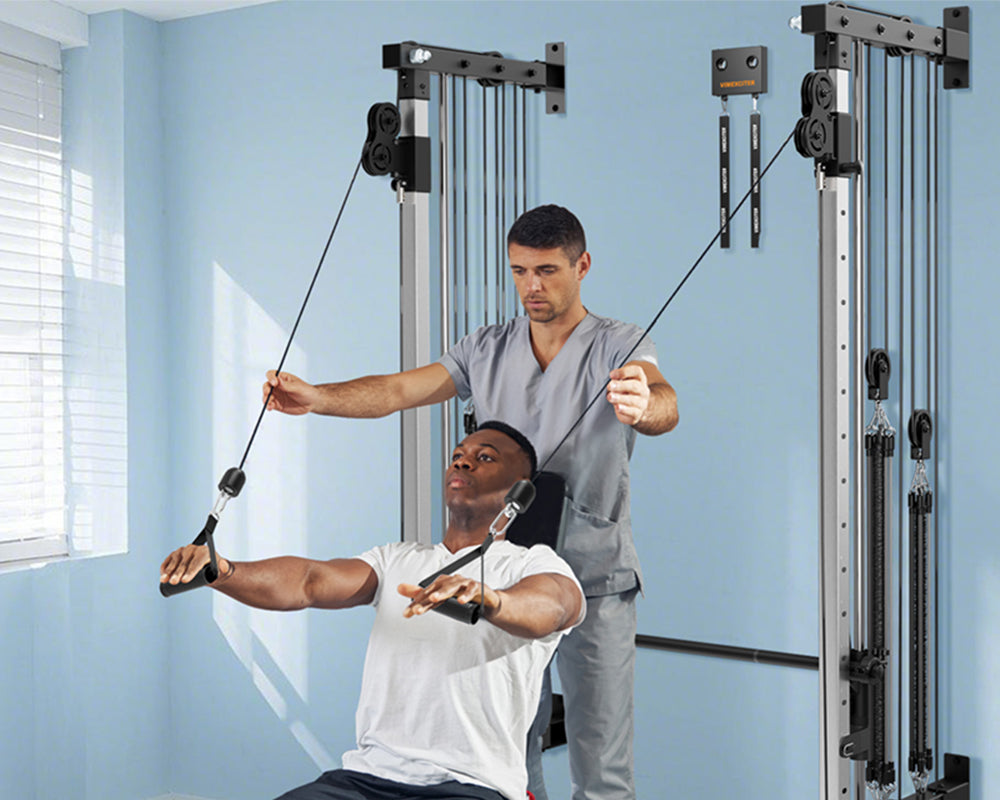
Variable Resistance Rehabilitation Training
Variable resistance bands are useful in strength training and rehabilitation due to their adjustable intensity. They help gradually strengthen and control injured joints and enable people to perform exercises that might be challenging for some.
Why do professional athletes need VRT?
Variable resistance is crucial for professional athletes, who constantly push their physical limits to improve strength, speed, and endurance. This type of training helps athletes safely increase strength training intensity, maximizing muscle growth and fat loss.
Variable Resistance Rehabilitation Training
Variable resistance bands are useful in strength training and rehabilitation due to their adjustable intensity. They help gradually strengthen and control injured joints and enable people to perform exercises that might be challenging for some.


Training Comparison
This wall-mounted design is perfect for small spaces or aesthetics-conscious fitness enthusiasts, allowing you to achieve a full-body workout without sacrificing valuable floor space.
